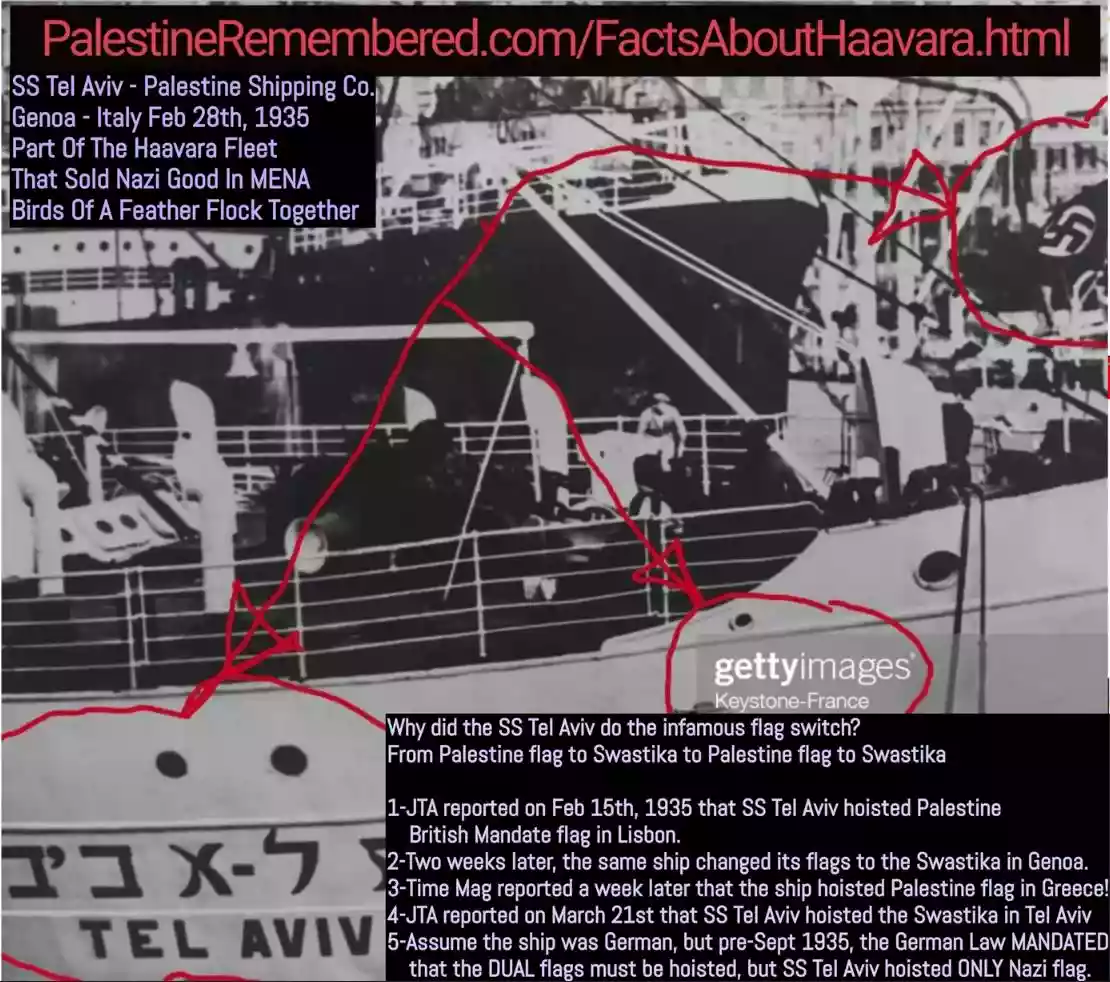| PalestineRemembered | About Us | Oral History | العربية | |
| Pictures | Zionist FAQs | Haavara | Maps | |
| Search |
| Camps |
| Districts |
| Acre |
| Baysan |
| Beersheba |
| Bethlehem |
| Gaza |
| Haifa |
| Hebron |
| Jaffa |
| Jericho |
| Jerusalem |
| Jinin |
| Nablus |
| Nazareth |
| Ramallah |
| al-Ramla |
| Safad |
| Tiberias |
| Tulkarm |
| Donate |
| Contact |
| Profile |
| Videos |
Dr. Ilan Pappe introduces his new book: The Ethnic Cleansing of Palestine |
Posted on July 26, 2007
|
39 min 45 sec http://www.ilanpappe.org/ الدكتور إلان بابه يقدم كتابه الجديد: التطهير العرقي لفلسطين The present dismal reality unfolding in the Middle East has clear historical roots and a journey into the past may help to illuminate what lies behind the destructive policies of Israel in both Palestine and Lebanon. Zionism arrived in Palestine in the late 19th as a colonialist movement motivated by national impulses. The colonisation of Palestine fitted well the interests and policies of the British Empire on the eve of the First World War. With the backing of Britain, the colonisation project expanded, and became a solid presence on the land after the war and with the establishment of the British mandate in Palestine (which lasted between 1918 and 1948). While this consolidation took place, the indigenous society underwent, like other societies in the rest of the Arab world, a steady process of establishing a national identity. But with one difference. While the rest of the Arab world was shaping its political identity through the struggle against European colonialism, in Palestine nationalism meant asserting your collective identity against both an exploitative British colonialism and expansionist Zionism. Thus, the conflict with Zionism was an additional burden. The pro-Zionist policy of the British mandate there naturally strained the relationship between Britain and the local Palestinian society. This climaxed in a revolt in 1936 against both London and the expanding Zionist colonisation project. At the end of November 1947, the UN offered to divide Palestine into two states almost equal in their territorial space. The Jews were only one third of the population by 1947 and most of them had arrived in Palestine only a few years earlier. The categorical Palestinian refusal to go along with this deal, backed by the Arab League, allowed the Zionist leadership to plan carefully the next step. Between February 1947 and March 1948, a final plan for ethnic cl |
Disclaimer
The above documents, article, interviews, movies, podcasts, or stories reflects solely the research and opinions of its authors. PalestineRemembered.com makes its best effort to validate its contents.


Post Your Comment
*It should be NOTED that your email address won't be shared, and all communications between members will be routed via the website's mail server.